Blog
Connect With Us
PHONE
Now providing 24/7 support through our after-hours call management service.
BUSINESS HOURS
Monday to Friday 9 am - 5 pm EST

We provide high quality comprehensive mental heath care to individuals ages 6 and up. The company was founded by Dr. Kalvin Kapoor in 2022 in Miami, FL and is now able to offer services in several states in the US with satellite offices in NYC and Austin, Texas.
Vital Psych MD Miami
66 West Flagler Street, Suite 900,
Miami, Florida 33130, United States
Vital Psych MD New York
167 Madison Avenue, Suite 205,
New York, New York 10016, United States
(347) 676-0093












